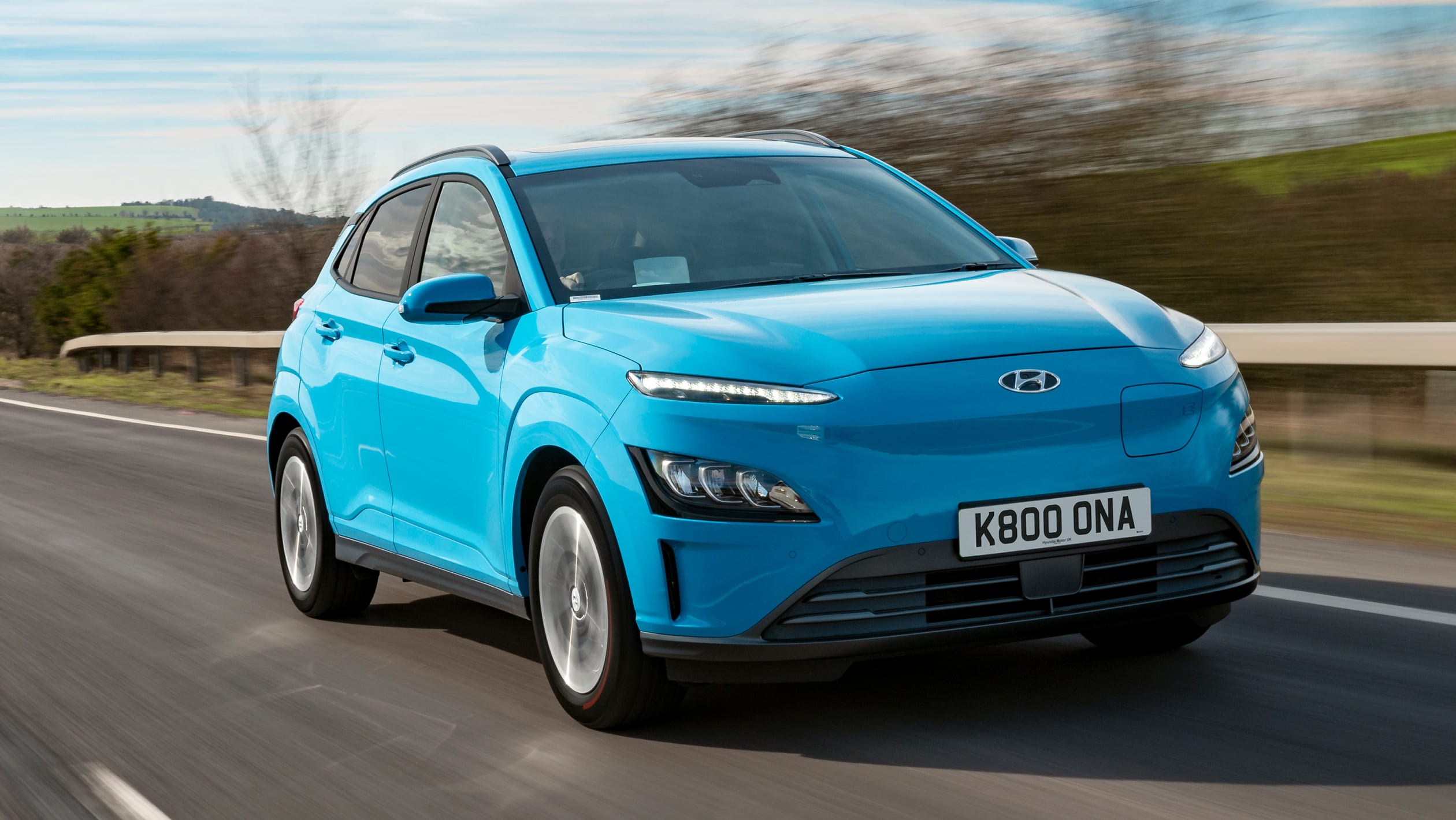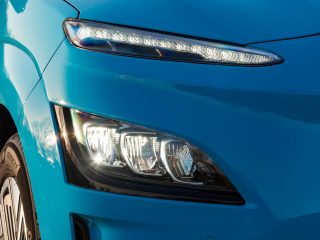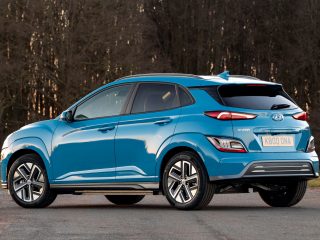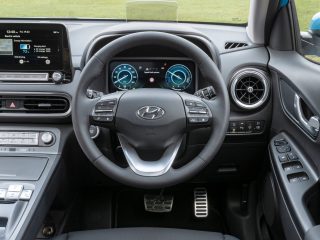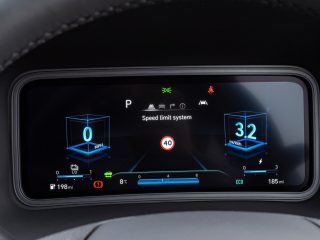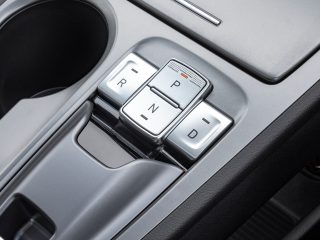Can the newly revised Hyundai Kona Electric challenge the tough electric crossover segment? Here is the first drive before it arrives in Australia.
Perhaps it’s a reflection of the pace of electric car development, but it’s been hard to nail down a proper, definitive spec of Hyundai Kona Electric over the last year or so. In early 2020 we tried a revised model that brought tiny exterior tweaks and a new infotainment system. But just as the world entered lockdown, Hyundai announced that it was introducing fresh aerodynamic mods, chassis revisions and new low-resistance tyres to help take the 64kWh Kona’s range up to 480km.
And yet here we are, barely 12 months later, testing another facelifted version of the car. This Kona Electric keeps the same 64kWh battery pack and 150kW motor as the previous version, but gets a different trim level hierarchy and yet more exterior revisions – although to be fair, the changes to the design are only enough to bring this version roughly in line with its more conventionally powered stablemates.
At the front, then, the Kona Electric gets even slimmer, sharper headlights that use LED technology and revised bumpers to help airflow and reduce drag. Along the flanks, the old grey plastic wheel arch cladding has now been replaced by a body-coloured finish that means the car looks less rugged and a bit more muscular.
There are new 17-inch alloy wheels, while the rear features fresh tail-lights and a different bumper design. Six new paint colours have been added to the range too, although the vibrant metallic green that adorned many early Kona Electrics has been dropped.
Inside, all versions get Hyundai’s 10.25-inch touchscreen infotainment system, while the old car’s mix of conventional dials and a central dash display has been replaced by a fully digital instrument panel – again, as seen on more conventional Konas.
The smaller-battery 39kWh Kona is available in a new trim level, SE Connect, while the 64kWh edition we’re trying here starts in Premium, which brings heated seats and a heated steering wheel, front parking sensors, auto wipers, powered folding side mirrors and a wireless smartphone charging pad.
Our test car also has a sunroof and Highway Drive Assist – in effect, adaptive cruise control paired with lane-centring assistance – along with a head-up display, leather upholstery, heated rear seats and ventilation on the front seats. It’s fully loaded, in other words.
Despite the updates, the core Kona qualities remain, so this is not the most practical small SUV. The rear of the cabin is best be described as compact, and with only 332 litres of boot space it’s outdone by a few superminis and may well fall short for those wanting to use it as a small family SUV.
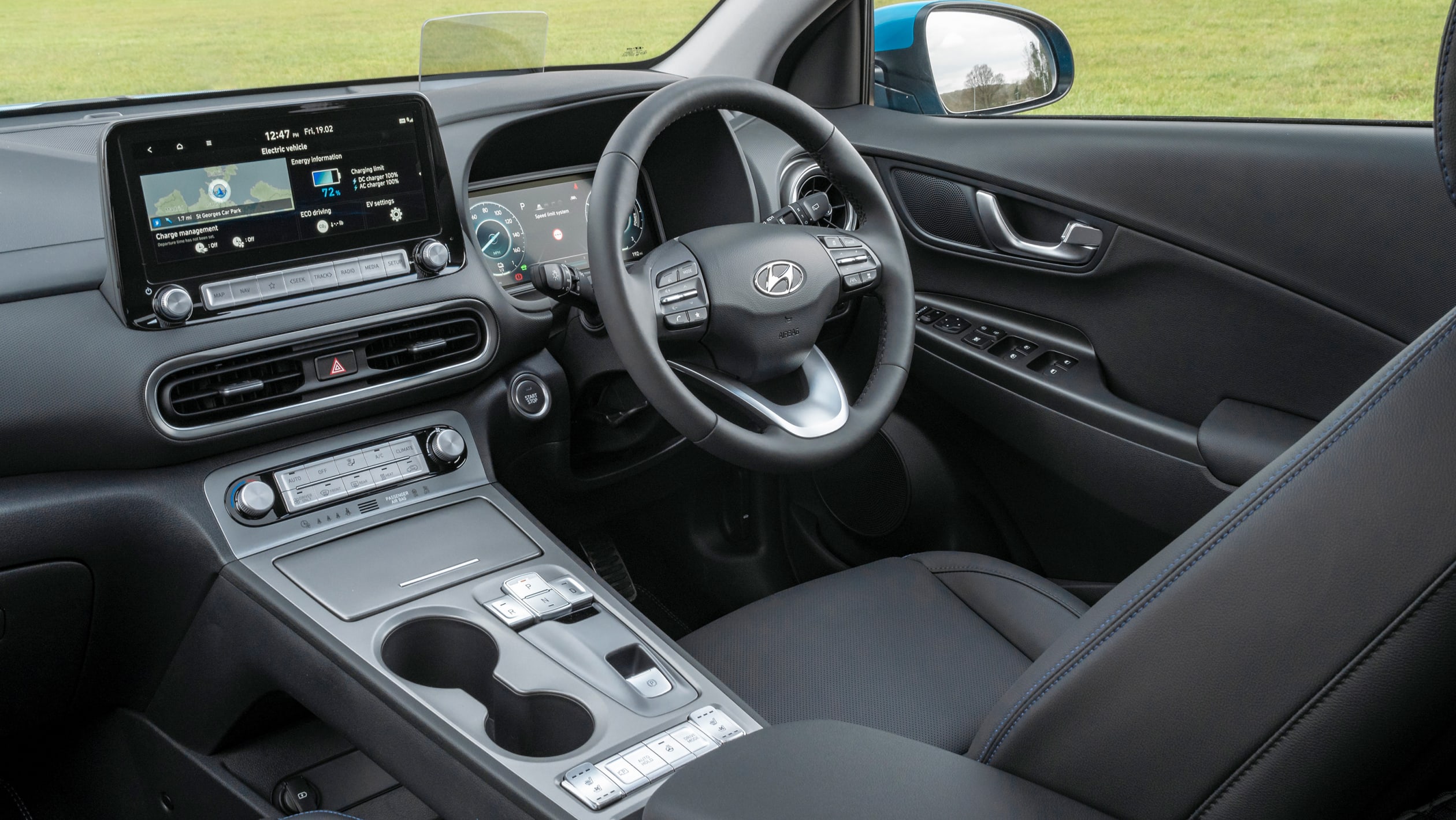
Inside, meanwhile, the cabin remains well made but desperately dull, with a hundred shades of grey plastic in a number of textural finishes.
On the road, there’s next to no involvement to be had; the steering is vague and light, and if you do flick the Kona Electric into Sport mode to give it a bit more heft, you can actually feel its dynamic make-up being torn apart piece by piece, such is the chassis’ reluctance to keep up with the extra response from the throttle.
Fortunately, the default setting on start-up is Eco – and once curiosity has been satisfied in Sport and Normal, we’d struggle to think of any reason why you might touch the Driving Mode button at all. In Eco the throttle response is suppressed in the name of efficiency, and it actually results in better modulation that makes the car easier to drive smoothly.
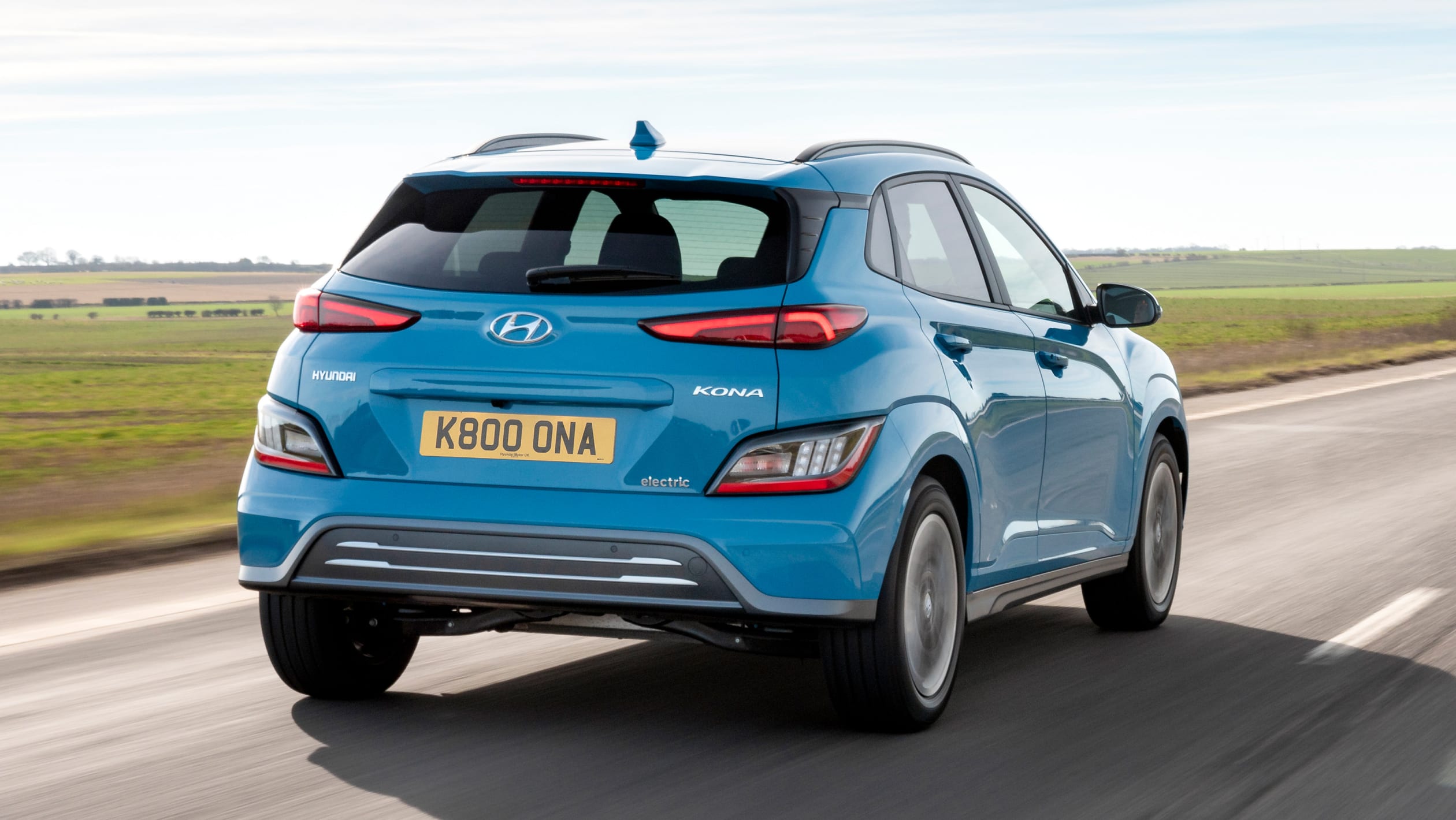
You can still invoke comical amounts of wheelspin by stamping on the right-hand pedal, true. But a sensible approach brings more than enough low-down performance, especially around town, along with, of course, more miles between recharges.
Speaking of which, you’re unlikely to hit that claimed WLTP range of 482km. But based on our experience with the car, the 64kWh should comfortably break through the 400km mark, perhaps even 430km if you anticipate traffic flow and use the brake energy regeneration (adjustable through paddles behind the steering wheel) to the max. That’s still an impressive amount for an EV of this size – and it’s helped by excellent battery management software that means it’s easy to trust the predicted range.
Refinement remains a strong point; if anything, to our ears the electric motor whine has been dialled out even more effectively than it was in the original Kona Electric, and that was hardly a car we’d have called noisy. There’s a little more sophistication and compliance to the ride, too, enhancing the Hyundai’s abilities as a quiet, relaxed cruiser.
You get 100kW charging as standard so a rapid charger can take the car from zero to 80 per cent of charge in just under an hour. The hefty battery means a top-up with a wallbox will take all night, pretty much, but that’s only if you’re almost flat to start with.
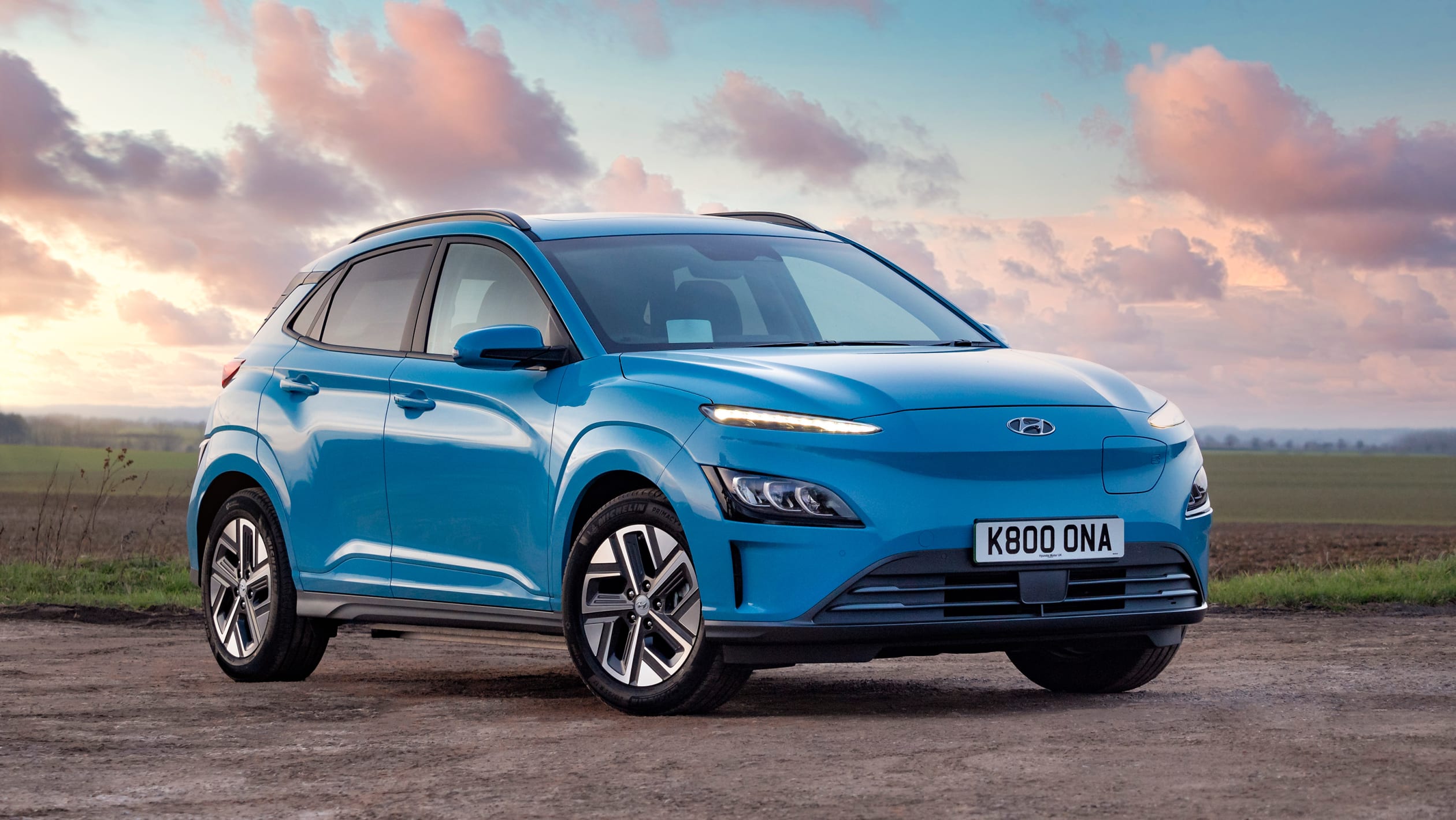
The upgrades to in-car tech may only be mirroring what Hyundai has rolled out across the rest of the Kona range, but they’re welcome, nonetheless. The configurable instrument panel is slick and easy to use, and the touchscreen infotainment system remains one of the best in the business, with a fast processor and high-resolution display.
The Kona Electric isn’t without its flaws; it’s not as practical as you might expect, and the cabin is uninspiring. But it offers strong in-car tech and remains an appealing option for anyone looking to switch to pure-electric motoring, thanks to clever battery management, excellent refinement and great range. Mid-spec models are even better value, mind you, while still offering more than enough standard kit.
John McIlroy




